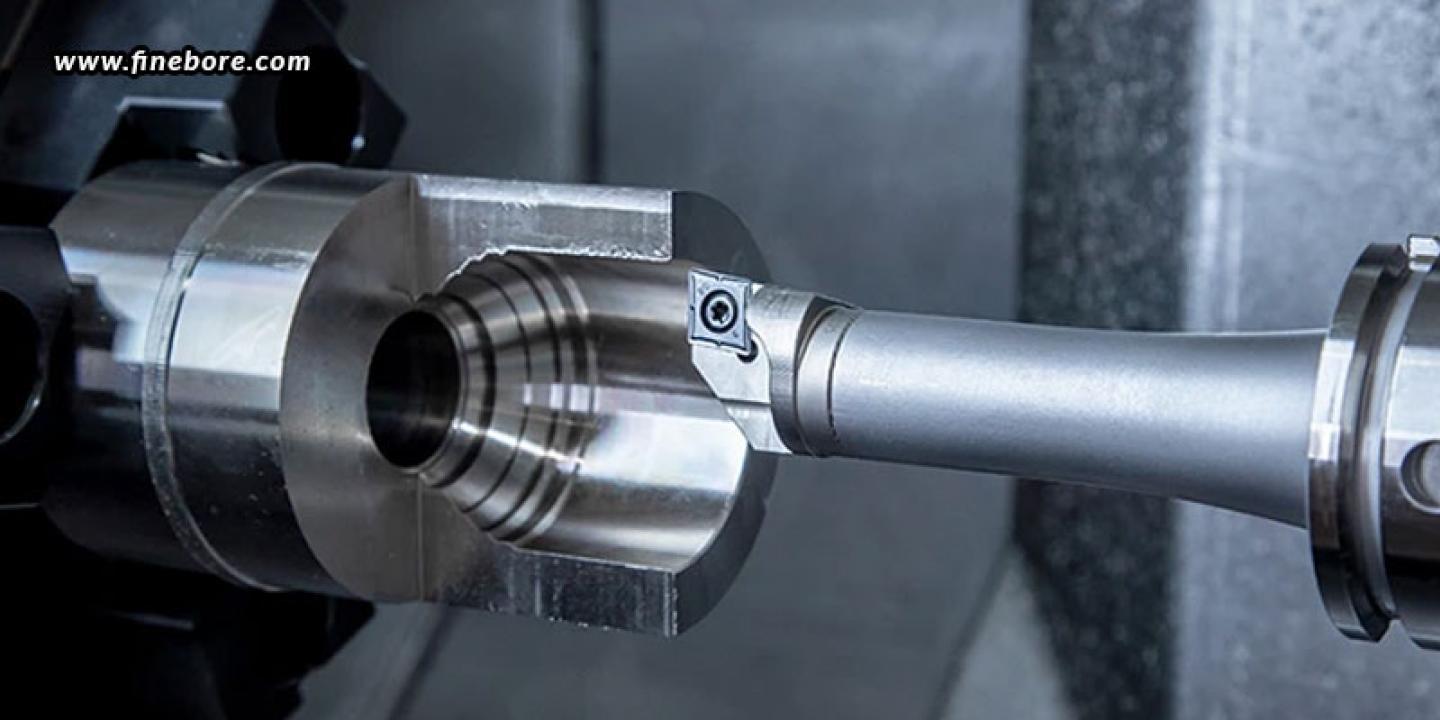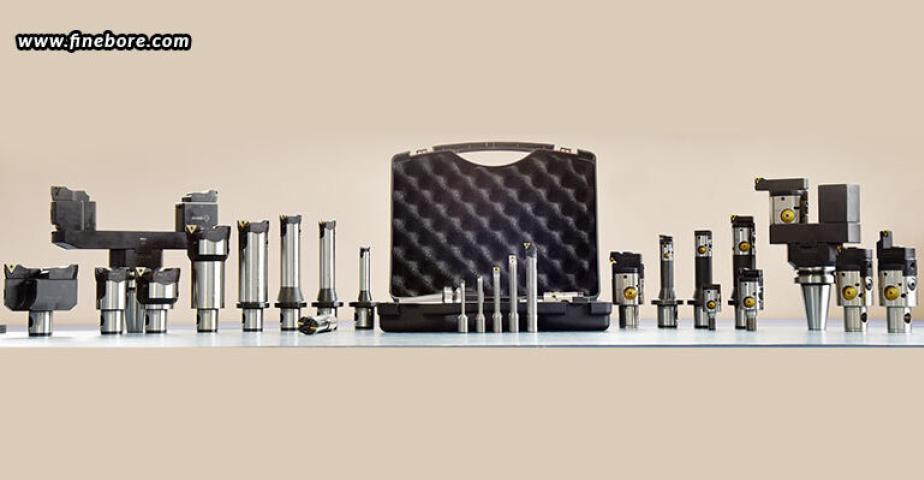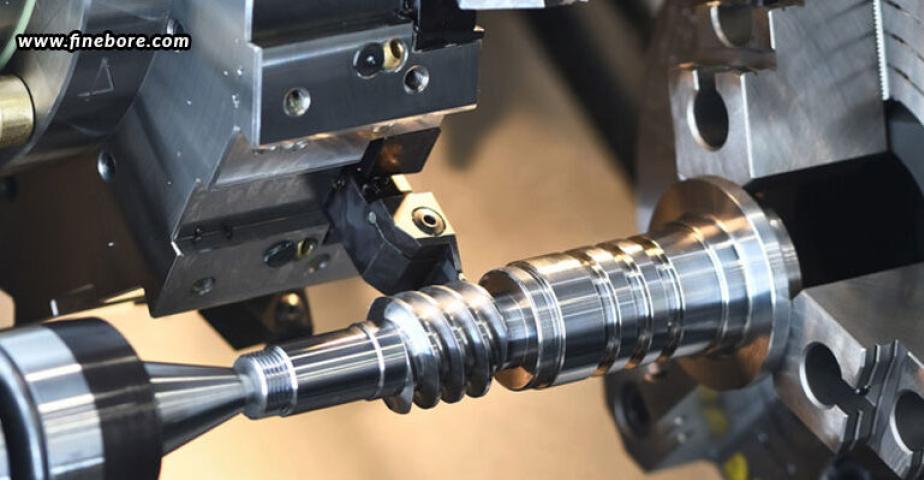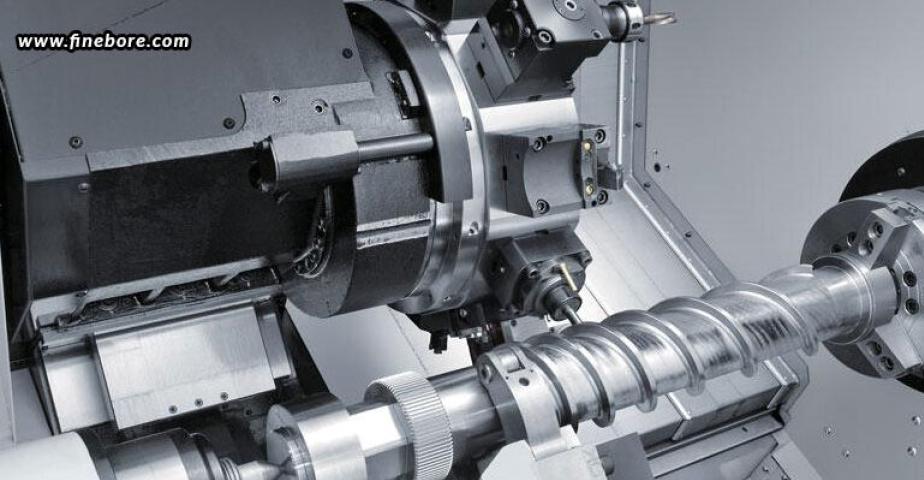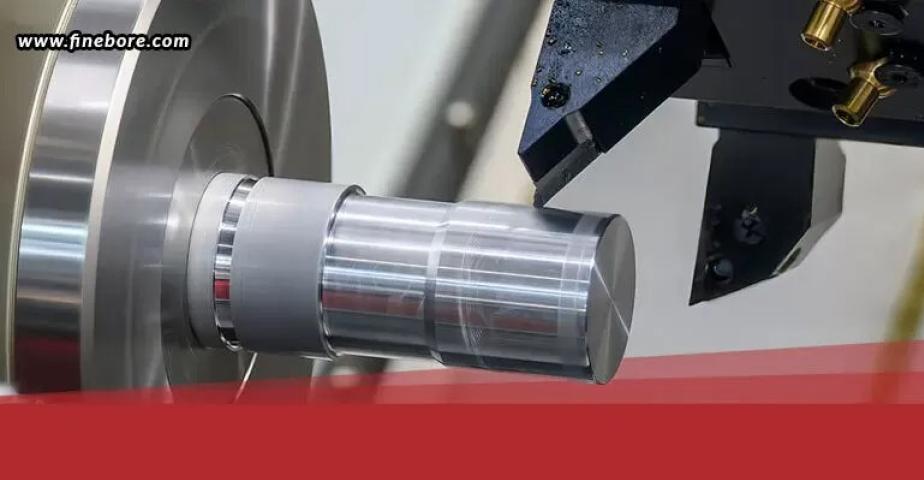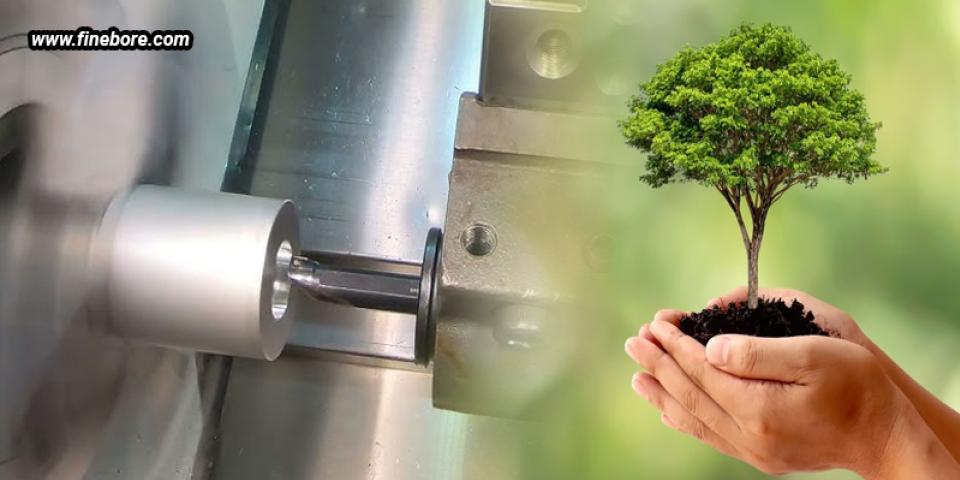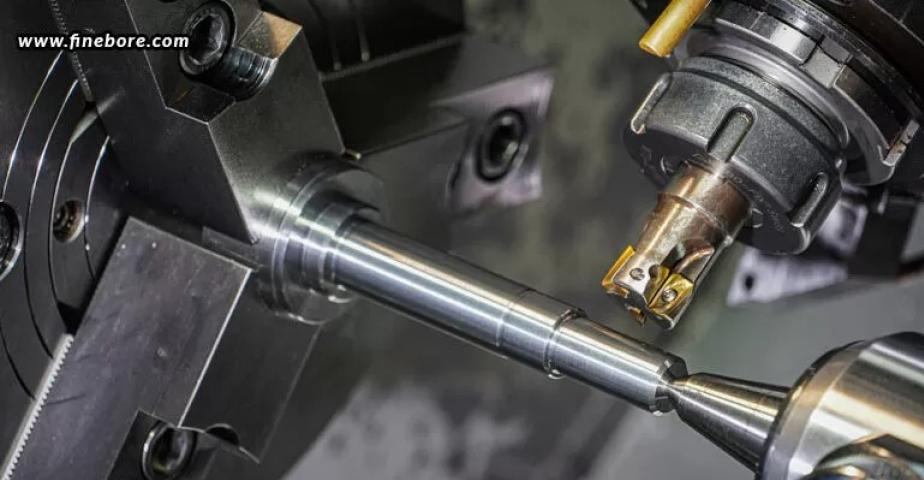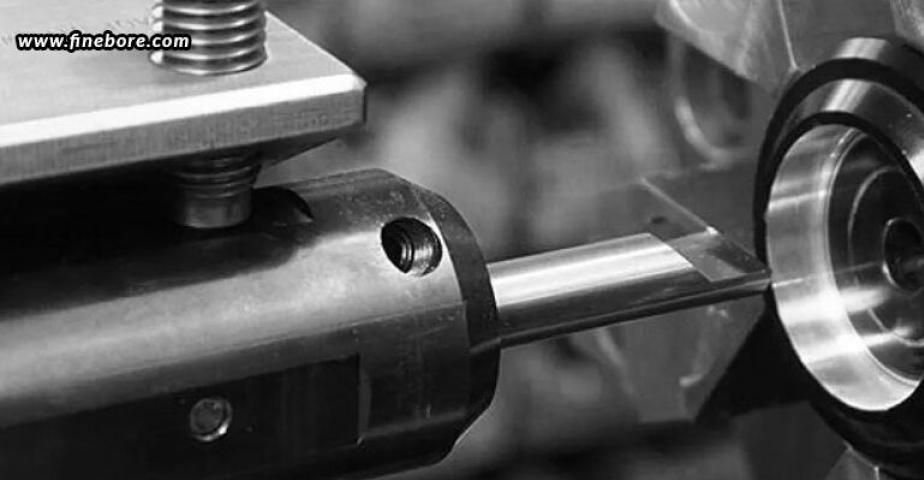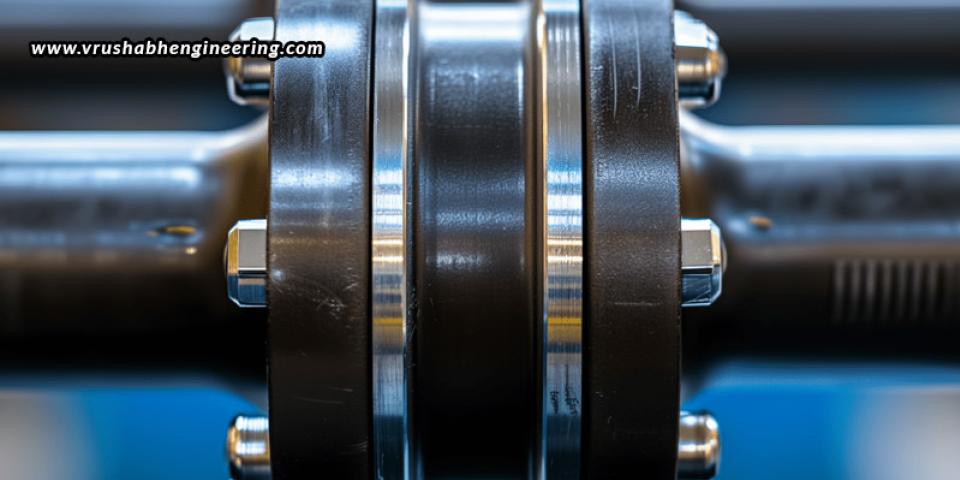Vibration-dampened boring heads are an important breakthrough in obtaining improved surface finishes and great precision, particularly in difficult deep boring operations. These specialized tools are made to combat chatter, a prevalent vibration phenomenon that can seriously impair surface quality and precision. Vibration control has grown crucial as manufacturing needs continue to climb, especially in industries like aerospace, automotive, and medical device production that demand precise tolerances. The mechanics of vibration-dampened boring heads are examined in this blog, along with how they increase operational efficiency, surface polish, and accuracy.
The importance of vibration control in boring operations
Unwanted vibrations arise when the cutting forces during boring surpass the tool and workpiece setup's stability threshold. Rough surface finishes, erratic cutting patterns, and, in extreme situations, tool or machine damage result from such vibration. The longer tool length in deep boring applications makes stability much more difficult and raises the risk of vibration. Vibration-dampened heads become essential in such high-precision situations because traditional boring heads lack the design elements required to properly counteract these vibrations.
How vibration-dampened boring heads work
Vibration-dampened boring heads make use of specific damping systems that are built into the tool, like passive damping elements or tuned mass dampers. The purpose of these systems is to prevent or absorb vibrations that occur during cutting. Viscoelastic polymers and other damping materials are used in some heads to dissipate vibration energy. Some mitigate the forces created during the boring process by using mass-and-spring devices. These tools produce smoother surfaces and more precise dimensions by minimizing chatter and enabling a steadier cutting process through the reduction of vibrations.
Benefits of vibration-dampened boring heads
· Better surface finish: Vibration-dampened boring heads produce a uniform and smooth surface finish by lowering chatter. This is especially useful in applications like hydraulic components, engine parts, or medical implants where surface quality has a direct impact on product performance. These heads save time and money by producing a smoother finish that eliminates the need for further finishing procedures.
· Improved dimensional control and accuracy: In precision manufacturing, precise dimensional tolerances are essential. Vibration-dampened boring heads contribute to improved dimensional control by preserving tool stability. Applications requiring deep or thin bores, where even small deviations can affect part functionality, benefit substantially from this stability.
· Enhanced machining efficiency: Machine operators can use higher speeds and feeds to maximize material removal rates without sacrificing accuracy or surface quality since they have less vibration to control. Higher throughput and quicker cycle durations result from this, which are particularly advantageous in high-production settings.
· Longer tool life: Lowering vibration not only enhances surface quality but also lessens tool wear. Vibration can drastically reduce tool life by causing microcracks and wear on cutting edges. Vibration-dampened boring heads reduce these impacts, extending tool life, saving total tooling costs, and cutting down on tool replacement downtime.
Key applications for vibration-dampened boring heads
· Hard-to-machine materials: Because of their hardness and elasticity, materials such as titanium, Inconel, and hardened steels present special difficulties because they can make vibration problems worse. These effects are countered by vibration-dampened boring heads, which allow for effective machining of these hard materials with less chatter and wear.
· Precision parts with high surface finish requirements: Applications in the aerospace, automotive, and medical device manufacturing industries frequently call for parts with remarkably high surface quality. Vibration-dampened boring heads are very useful for these industries because they help fulfil strict quality standards without requiring a lot of additional finishing.
· Deep hole boring: Because of the tool's length-to-diameter ratio, deep hole boring is especially prone to vibration. In these situations, vibration-dampened heads are perfect because they offer stability even while boring at very deep depths, guaranteeing that dimensional precision and surface finish are preserved along the bore's whole length.
Choosing the right vibration-dampened boring head
Material composition is a crucial consideration when choosing a vibration-dampened boring head because stronger damping mechanisms are sometimes required for harder or more elastic materials. Another important factor is the diameter and depth of the bore; deep, thin bores are better suited for heads with improved dampening to reduce excessive vibration. The decision is also influenced by surface finish specifications; better finishes frequently call for more sophisticated damping techniques like tuned mass or active damping. Tool life expectations should also be taken into account. By guaranteeing longevity and dependability over prolonged operations, investment in high-end dampening technologies can be economical.
To conclude, vibration-dampened boring heads are essential tools for achieving high accuracy and superior surface finishes in modern manufacturing. They are vital in a variety of high-precision applications due to their capacity to reduce chatter, increase tool life, and enhance machining efficiency. These tools will only get more efficient with the development of technology, establishing new benchmarks for accuracy and surface quality in deep boring operations. FineTech Toolings stands out as one of the premier precision boring head manufacturers in Bangalore, offering advanced vibration-dampened solutions tailored to high-precision applications. FineTech Toolings is dedicated to quality and innovation, providing long-lasting, high-performing tooling solutions that satisfy the exacting specifications of contemporary manufacturing.
Resource: Read more
